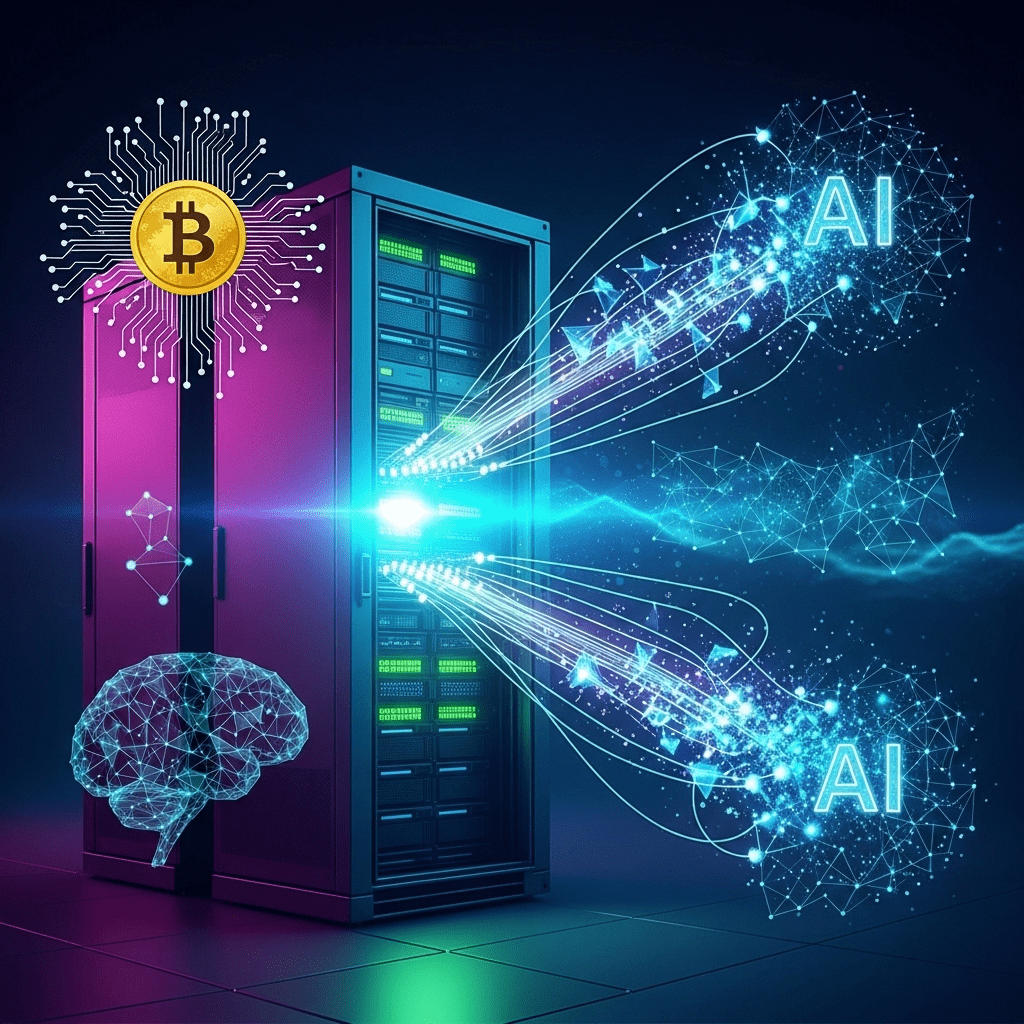As the digital landscape evolves, Bitcoin miners emerge as key AI infrastructure partners amid power crunch challenges globally. This pivotal shift, highlighted by Bernstein analysts, underscores a significant realignment in the roles of miners, from solely processing blockchain transactions to supporting artificial intelligence (AI) workloads as data center power demand soars.
Bitcoin Miners Emerge as Key AI Infrastructure Partners Amid Power Crunch
The convergence of crypto mining and AI computing is accelerating, with Bernstein noting that established Bitcoin miners are exceptionally well-positioned as critical infrastructure providers. As demand for high-density AI computing skyrockets and traditional data centers face tight electricity constraints, these miners’ access to abundant power and robust cooling solutions makes them strategic collaborators for AI industry giants.
Bitcoin miners have spent years building out vast, energy-intensive facilities designed to operate 24/7 under extreme conditions. Their expertise in negotiating with power utilities and maximizing operational uptime is now being redeployed to serve AI workloads, particularly as high-performance computing tasks require similar infrastructure.
This realignment comes at a pivotal moment. The current global power crunch, exacerbated by surges in AI model training and cryptocurrency mining, means the bottleneck is no longer hardware but energy. As such, Bitcoin miners are increasingly serving as a bridge, offering energy capacity and technical know-how to the booming AI sector.
The Financial Potential for Crypto Mining Firms
For Bitcoin mining firms, diversifying into AI infrastructure services promises attractive new revenue streams. AI companies are willing to pay a premium for fast, reliable access to power and computing, especially as data center expansion faces delays or prohibitive costs.
Firms at the forefront of this evolution, such as Core Scientific and Hut 8, have started adapting their facilities to accommodate high-power AI workloads. These joint ventures and hosting contracts could cushion miners against Bitcoin price volatility by unlocking sustainable growth models rooted in the broader digital infrastructure market.
Power Crunch Shaping the Future of Crypto and AI
The strategic pivot is not without challenges. Local governments, especially in energy-constrained regions, are scrutinizing large-scale mining and data center projects for their environmental impact. Navigating regulatory hurdles, securing favorable power agreements, and adopting renewable energy sources will be crucial for miners seeking to capitalize on this opportunity.
At the same time, innovations in power management and liquid cooling are helping mitigate the environmental footprint. Some firms are leveraging excess energy during off-peak hours to run AI computations, aligning business incentives with grid stability and sustainability goals, as seen in several energy transition projects.
Outlook: A New Era for Digital Infrastructure
Bernstein’s report signals the dawn of a new era at the intersection of cryptocurrency and artificial intelligence. As power remains the defining constraint, Bitcoin miners are uniquely positioned to bridge the supply gap for AI infrastructure, reshaping their relevance in the digital economy beyond traditional blockchain applications.
With AI adoption expected to accelerate throughout 2025 and beyond, crypto mining companies that proactively embrace these new roles could see long-term benefits and drive further innovation across both sectors. The race is on to see which miners can best navigate regulatory, operational, and market dynamics in their bid to become indispensable partners to the next generation of AI leaders.
